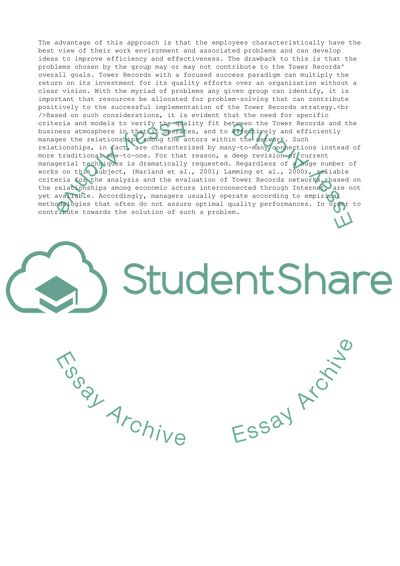Cite this document
(Managing Operations and the Supply Chain Assignment - 1, n.d.)
Managing Operations and the Supply Chain Assignment - 1. https://studentshare.org/management/1703079-managing-operations-and-the-supply-chain
Managing Operations and the Supply Chain Assignment - 1. https://studentshare.org/management/1703079-managing-operations-and-the-supply-chain
(Managing Operations and the Supply Chain Assignment - 1)
Managing Operations and the Supply Chain Assignment - 1. https://studentshare.org/management/1703079-managing-operations-and-the-supply-chain.
Managing Operations and the Supply Chain Assignment - 1. https://studentshare.org/management/1703079-managing-operations-and-the-supply-chain.
“Managing Operations and the Supply Chain Assignment - 1”. https://studentshare.org/management/1703079-managing-operations-and-the-supply-chain.


